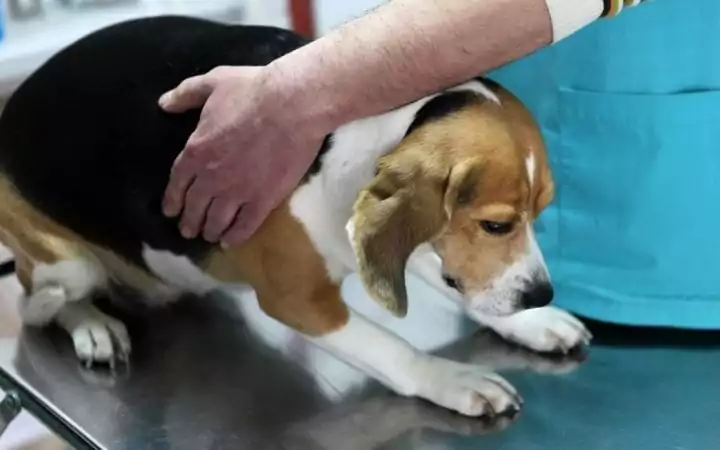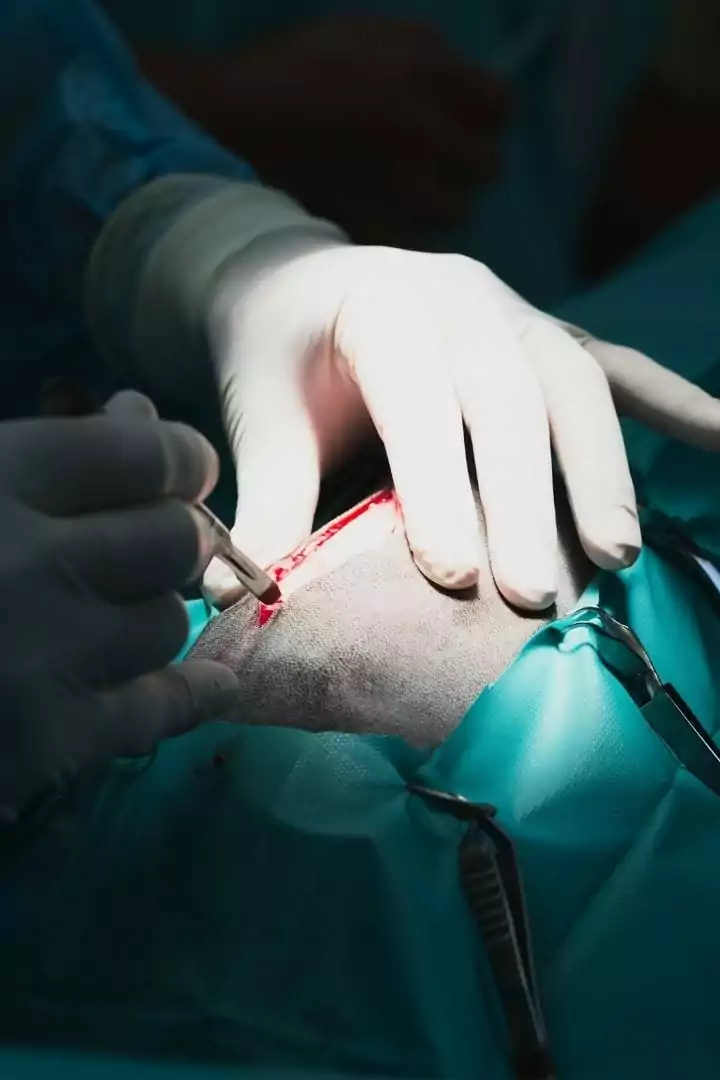What is an inguinal hernia in dogs?
An inguinal hernia in dogs is considered to be an event where an organ or a piece of tissue is protruding through a usually normal body opening. When an inguinal hernia occurs, there is a defected inguinal ring that will allow some abdominal contents to move into the subcutaneous space.
Some of the factors that can lead to an inguinal hernia can be anatomical, metabolic, or hormonal. Scientists cannot find the exact etiopathogenesis yet.
Here we have a video showing a surgical correction of an inguinal hernia in a dog performed at the Shinki Vet Hospital.
What are the causes of inguinal hernia in dogs?
Inguinal hernias in dogs can be divided into two categories: congenital and acquired.
Congenital inguinal hernias
These are relatively rare and very often appear along with umbilical hernias. Some studies have shown that male dogs are more prone to develop inguinal hernias rather than female dogs. Some dog breeds are more predisposed to inguinal hernias. These breeds are Pekingnese, Westies, Besenjies, Basset hounds, and Cairn terriers. When a congenital inguinal hernia is diagnosed, neutering the offspring is recommended.
An acquired inguinal hernia
This is fairly common in domestic dogs and is more frequently seen in female dogs rather than in males. In an acquired inguinal hernia, sex hormones play a vital role, especially estrogen.
What are the symptoms of inguinal hernia in dogs?
- swelling in the inguinal (groin) region that can be big or small
- pain
- vomiting
- loss of appetite
- frequent urinating and/or inability to urinate
- blood in the urine
- lethargy
Diagnosis and treatment of inguinal hernia in dogs
Diagnosis of inguinal hernia in dogs is performed by observing the swelling in the inguinal area and physical examination of the swelling. Sometimes, the veterinarian will perform an ultrasound or contrast radiographs to determine pre-op what is the content of the hernia.
All inguinal hernias are treated surgically by placing the organs or tissue back to their original position and repairing the tear in the muscle wall.
If your dog has a strange bulge in its inguinal area, or anywhere else on its body, take your dog to your veterinarian for an examination.


